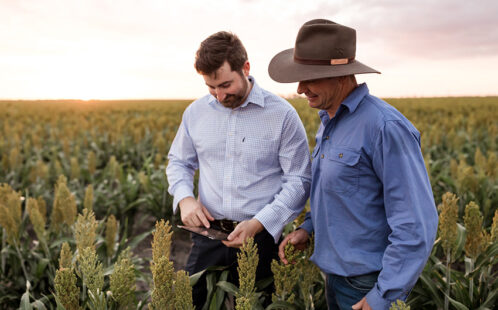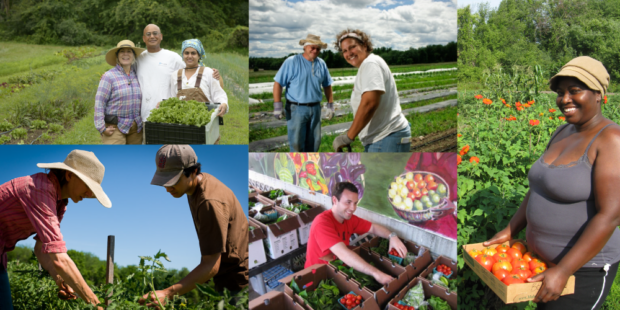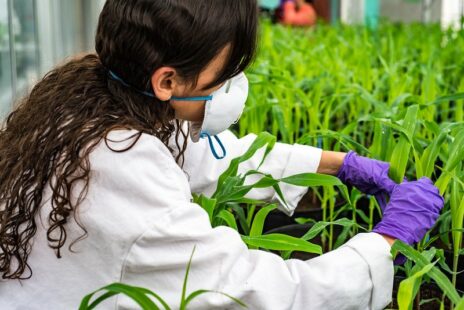
When one imagines a farmer in australia or an agricultural corporate leader, chances are that the picture is that of a man. This is because the majority of people around boardroom table in agriculture are still men, as is the typical stereotype of a farmer. This makes sense as up until 1994, where women were not recognised in Australian law as farmers, but they were recognised as ‘support workers’ to their male counterparts. Furthermore, this acknowledgment as a farmer or a leader in agriculture did not happen overnight. In fact, it has taken decades for women to ever get a seat at the boardroom table and there is still a long way to go until women are equally represented.
Opening up opportunities for women in agriculture is not only for the purpose of gender equity, but also for economic ststainability of the functioning industries. According to a report, published in 2015, Australia had fallen far behind other developed countries in its recognition of women in the farming sector. Due to this imbalance, the agricultural sector had been facing severe challenges from the environment and a decrease in trade. Since women consist of half the agricultural workforce, it is therefore a matter of urgency in order to maintain the sustainable future of the agricultural industry.
The government needs to initiate structural changes that encourage agricultural organisations and agribusinesses to prioritise women’s involvement at all levels. While Australia’s agricultural industry still has a way to go in achieving gender equity, it is happening. In honour of International Day of Rural Women, Farm Weekly is sharing stories of rural women who have cracked the glass ceiling, risen above gender discrimination, powered through tough times with resilience and tenacity to hold their families together and become leaders in their communities and within the Western Australian agricultural industry – keep an out eye for these stories in coming days – as well as in this week’s print edition.
These are the type of women who are making agriculture a better industry to work in for future generations – for women and men alike.

Climbing a mountain is a good metaphor for the quest for a more sustainable horticultural sector. The final objective among the most sustainable farm businesses or agriculture industry may appear to be at the summit of a distant mountain, far away and difficult to attain, but that is no reason not to begin moving in that […]
Read More →
The Victorian government has unveiled a new training programme to encourage more people to pursue careers in agriculture and horticulture. The government will spend $600,000 on experimental initiatives in the Goulburn Valley, Sunraysia, and Gippsland that will involve industry workers studying for a certificate two or three in horticulture and agriculture. Local people will be […]
Read More →
According to the Public Service Association [PSA], a research project researching climate-resistant crops is in jeopardy, with up to 30 research jobs in Wagga Wagga and Tamworth potentially being lost. The project is a five-year-old collaboration in between state and federal governments aimed at developing drought-resistant cultivars. The deal between the NSW DPI and Grains […]
Read More →